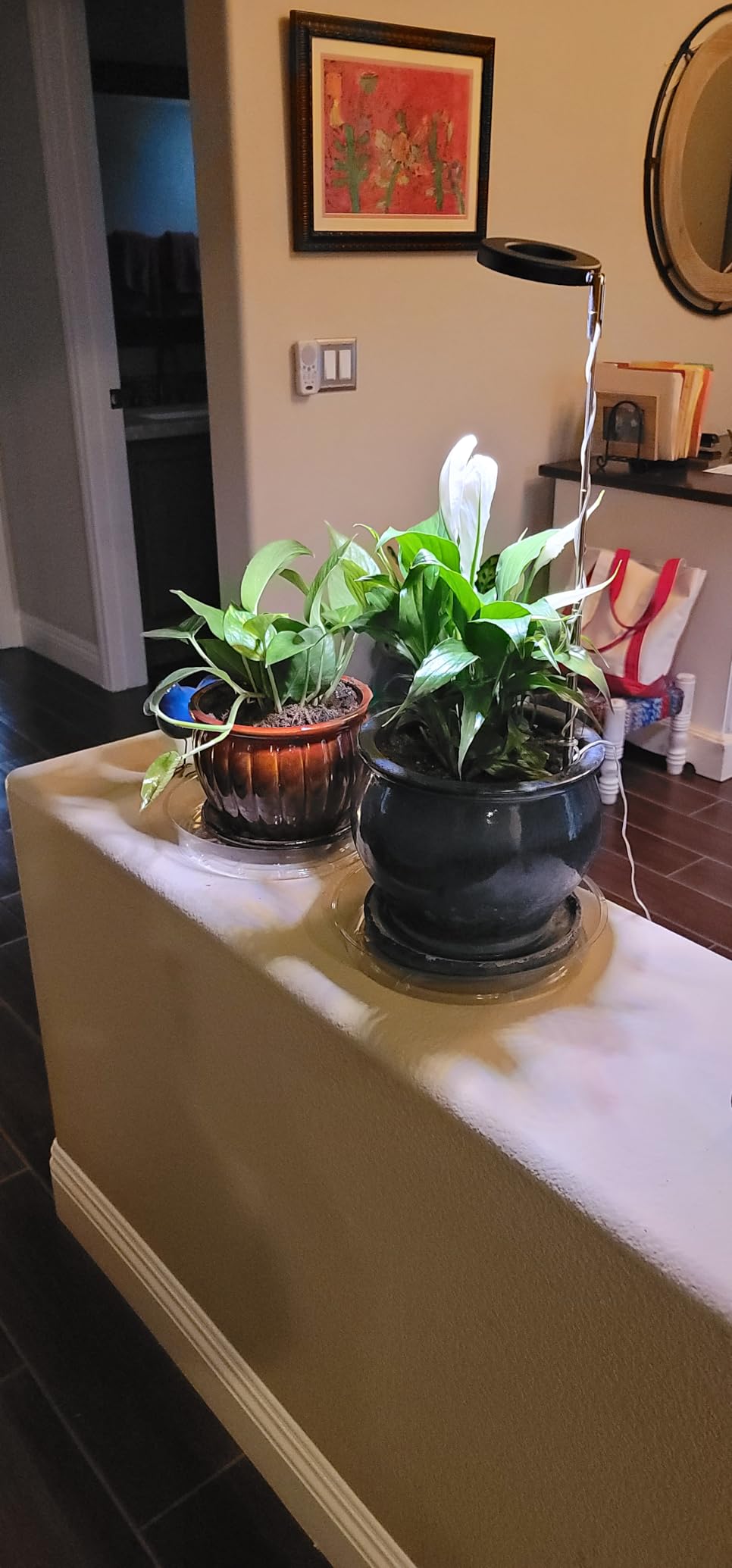A Beginner's Guide to Successful Plant Growing

Embarking on your plant - growing journey can be an exciting and rewarding experience. However, for beginners, it’s easy to feel overwhelmed. To help you avoid common pitfalls and set the stage for a thriving garden, here are some essential tips.
Selecting the Right Plants
Opt for beginner - friendly plants. Succulents and cacti are excellent choices as they require minimal care. They can tolerate periods of neglect and are well - adapted to survive in a variety of indoor conditions. Herbs like basil, mint, and parsley are also great options. They’re relatively easy to grow and can be used in the kitchen, adding a fresh touch to your meals. Consider the light and space available in your home. If you have a sunny windowsill, choose sun - loving plants. For darker corners, go for shade - tolerant varieties.
Understanding Soil and Potting
Use well - draining soil. Many plants, especially succulents, dislike sitting in waterlogged soil, which can lead to root rot. You can buy pre - mixed potting soil or create your own blend. When choosing a pot, ensure it has drainage holes. This allows excess water to escape, preventing the roots from drowning. Repotting your plants when they outgrow their current containers is also important. Do this carefully to avoid damaging the roots.
Watering Wisely
Over - watering is one of the most common mistakes beginners make. Different plants have different water requirements. Succulents need to dry out between waterings, while tropical plants like ferns may require more frequent watering. Check the soil moisture before watering. Stick your finger about an inch into the soil. If it feels dry, it’s time to water. Be careful not to let water accumulate in the saucer under the pot, as this can cause root problems.
Providing Adequate Light
As covered in the guide on determining sufficient light for plants, light is crucial. Place your plants near a window, but be aware that some plants may need protection from direct sunlight, which can scorch their leaves. You can use sheer curtains to filter the light. If natural light is insufficient, consider using plant lights. Just make sure to keep the lights at the right distance from the plants to avoid over - or under - exposure.
Monitoring for Pests and Diseases
Regularly inspect your plants for signs of pests or diseases. Look for holes in the leaves, discoloration, or the presence of insects. If you spot any issues, take immediate action. There are many organic pest control methods available, such as using neem oil or insecticidal soap.
Starting your plant - growing journey doesn’t have to be intimidating. By following these simple tips, you can build a beautiful and healthy garden, and gain the confidence to take on more challenging plants in the future.
